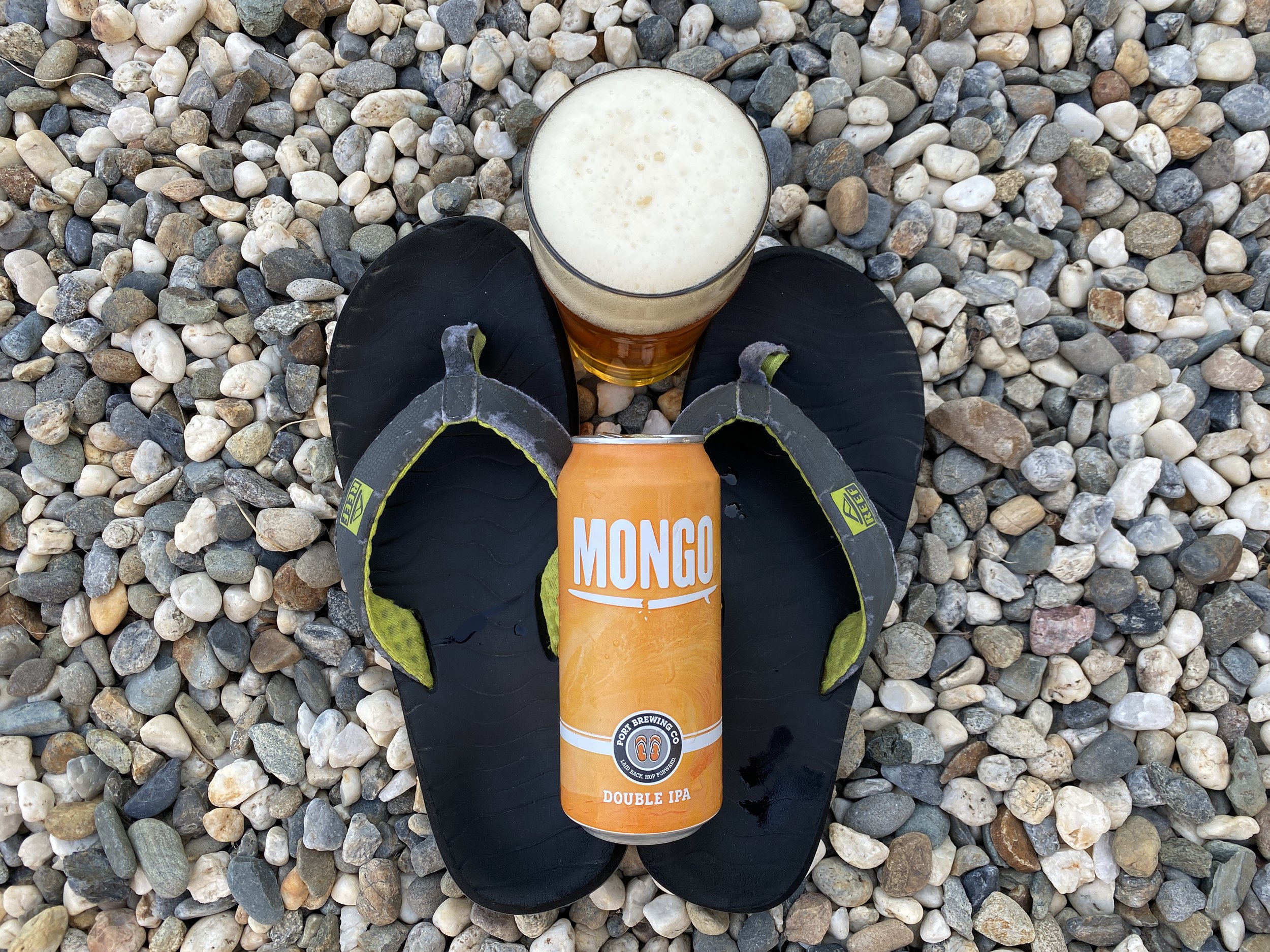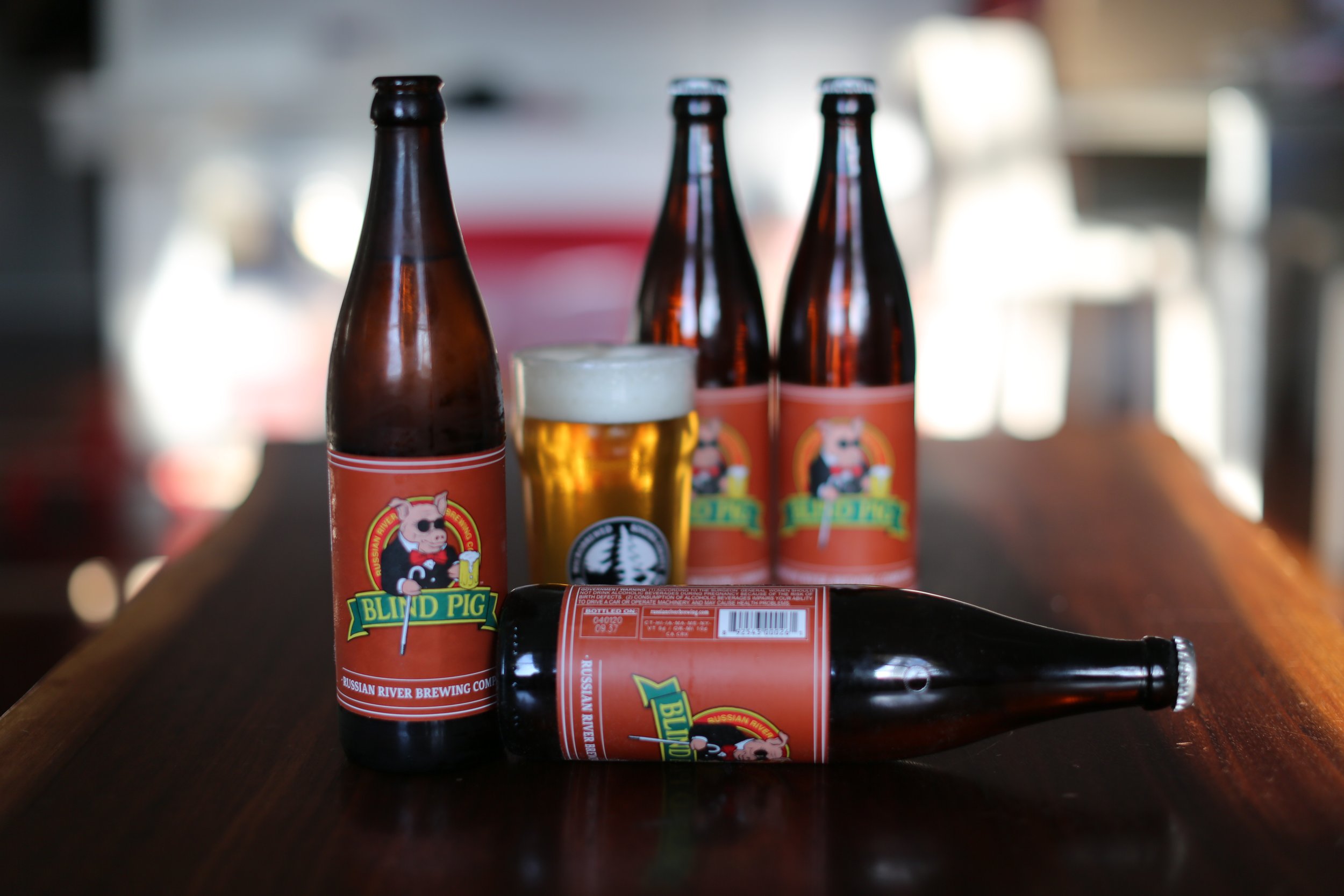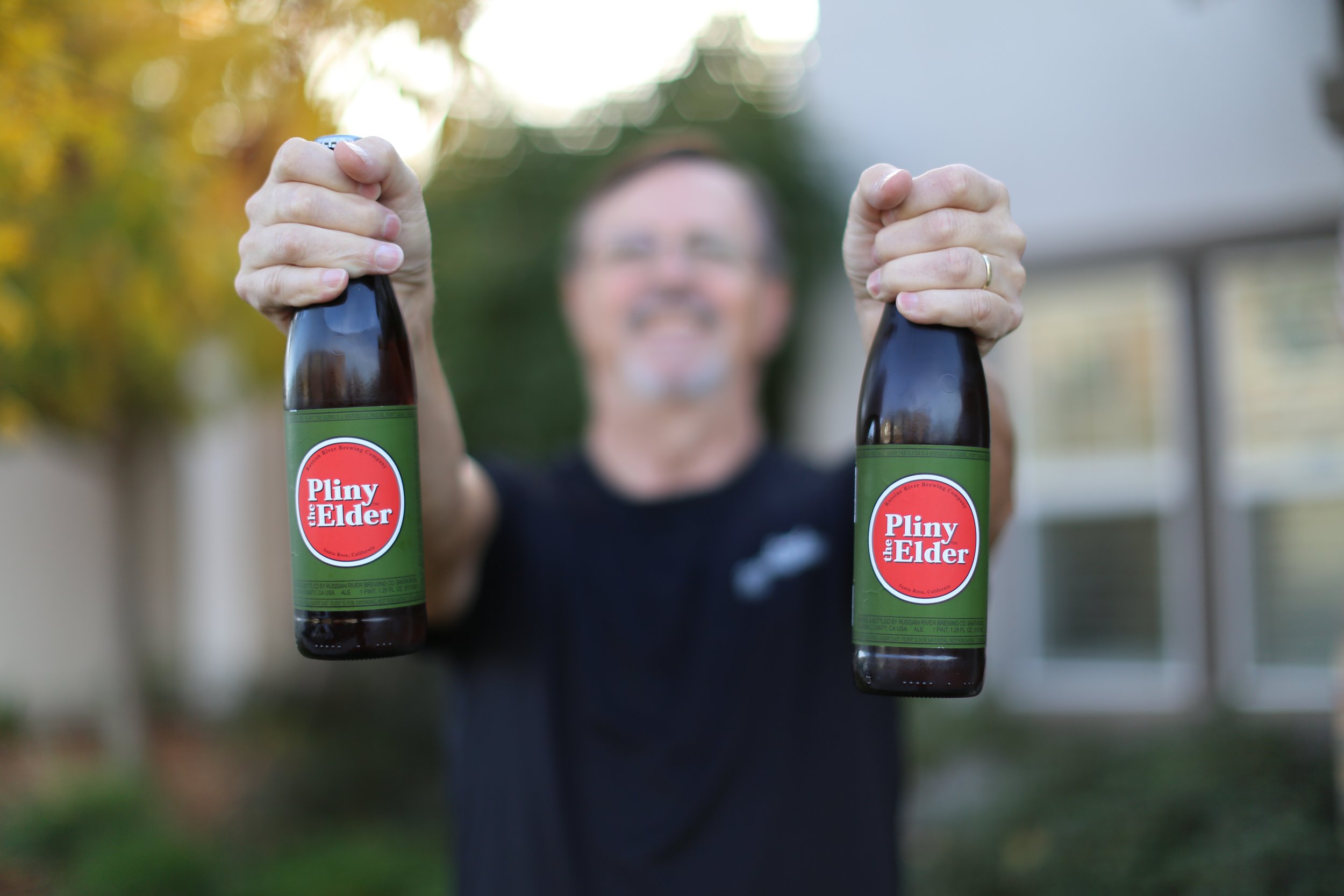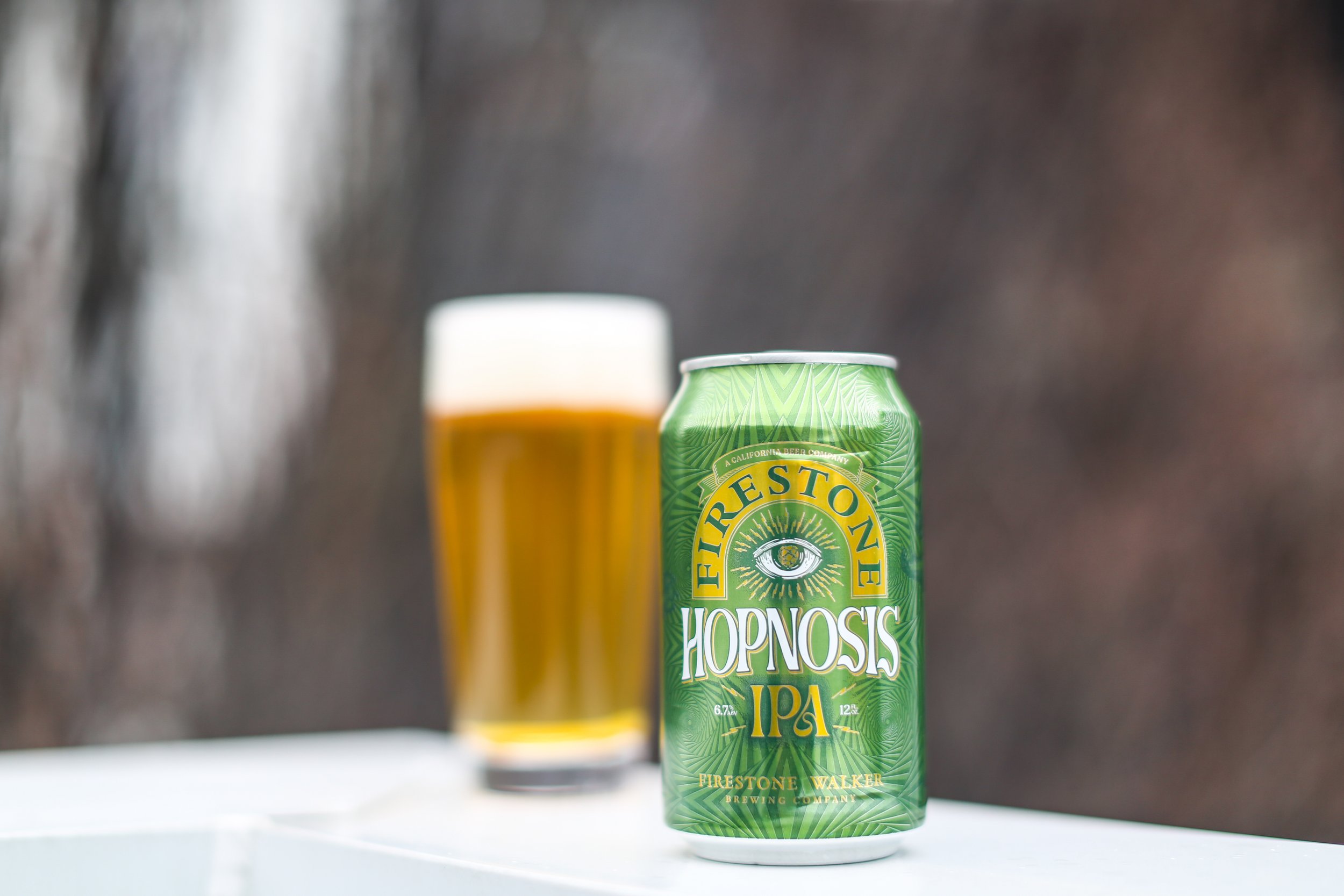West Coast Bias
The West Coast is an aspirational place, a state of mind, and the birthplace of craft beer. And while the IPA (including Pale Ale) didn’t originate in the US, California is where the style became Americanized and the foundation was laid for thousands of brewery openings over the last decade. The West Coast IPA began with a distinct identity, still open to local and regional interpretation, but wasn’t a point of contention among brewers nor confusion among customers. A decade of evolution, hop innovation, and the Hazy IPA interruption has resulted in a splintered understanding of what West Coast IPA means.
Craft Beer has a loyal base of customers who, in general, aren’t going anywhere. As brewery openings continue to outpace closures though, it’s the new consumers who are so crucial to the industry’s future success. Breweries face a unique tight rope in communicating via their social media, menu, and can labels wanting to get specific for their advanced fans while keeping it simple enough for their new or casual customers who “just want a beer” (i.e. most people). Terminology is key, but has a tendency to change meaning so quickly as thousands of breweries immediately riff on styles in their own unique way.
Below is an excerpt that I wrote at the tail end of 2020, in a predictions piece for the upcoming year:
The last nine months have seen a strong uptick in demand for nostalgia, including throw-back beer brands and styles, leading to their rediscovery and rejuvenated appreciation. As a result, even breweries known for Hazy IPAs or those who shifted in that direction are recognizing the opportunity for IPAs more like the ones we drank 7 to 10 years ago.
In this rush to go back to our roots, the term West Coast IPA is already starting to get bastardized. The style is being attached to beers simply as an indicator that they’re clear, without the full arsenal of attributes that ignited the craft beer explosion. Much to the chagrin of brewers and purists, I see marketing from the industry’s long tail taking over this term in 2021 and broadening it’s true and original interpretations beyond the point of recognition. Crisp, clear, and perhaps even bitter IPAs will become cool again, but “West Coast-Style” will become as broad as “Hazy”.
Since penning this hot take of a prediction that’s mostly come true, I’ve been paying close attention to the chatter around West Coast IPA, as well as it’s use on packaging. Here are the three general approaches that I use to reconcile my own experience and understanding of the most important beer style going on 42+ years.
Simpler Times
The “CLASSIC” West Coast IPA
While the path for West Coast IPA was first paved by Anchor & Sierra Nevada beginning over 40 years ago, names like Pizza Port, Lagunitas, Ballast Point, Stone, Firestone Walker, Russian River, Green Flash, and Port Brewing made it a phenomenon. Each brewery included their own nuances and interpretations of the style (I see you PNW), while still falling in a reasonably tight style boundary. Or maybe we just didn’t have Twitter back then…




I like to lead off with the word “aggressive” when describing a Classic West Coast IPA, relating to its hop character, as well as the bitterness. The American “C” hops (Cascade, Columbus, Chinook, Centennial, etc.) available to craft brewers during this era emphasized flavors including: Piney, Earthy, Floral, & Citrus, so these flavors naturally are associated with all the classics. The malt character could span from an amber/orange color to a more pale yellow, but typically featured a sweet, sappy resinous character that gave the liquid a thick, firm backbone to stand on.
EXCITING TIMES
THE “UNFILTERED” OR “JUICY” WEST COAST IPA
The years 2013 - 2015 were exciting as a new wave of craft brewery openings lead to new styles and approaches that leaned less on tradition and more on extreme. My frequent travel to San Francisco lead me to Cellarmaker Brewing in its earliest days of running a small Taproom in the Mission. While they certainly produced classic-leaning West Coast IPAs and Pale Ales, other IPAs tasted like I’d been teleported into the future.
Photo (and Hand) by Doug Veliky at Cellarmaker Brewing
Using the clean, neutral Chico yeast made popular by Sierra Nevada, Cellarmaker differentiated themselves with intense dry-hopping that at times resulted in the beer having a witbier-like haze to it. Their small batch sizes allowed them to commercially access the most innovative, fruit-forward hops that might not yet have the acreage for the large breweries to utilize at scale. A restrained bitterness, ranging between 25-45 IBUs, provided less distraction and allowed the hop’s true character to express itself. Varieties like Mosaic, Galaxy, and Nelson would open up new flavors including tropical fruit, stone fruit, and white grape.
These Times We’re In
THE “MODERN” CLASSIC WEST COAST IPA
During the Haze Craze in the back half of the 2010s, the West Coast IPA didn’t go away. Classic leaning IPAs like Lagunitas’, Stone, Sculpin, and Pliny the Elder remained top priorities and best sellers for the most popular craft breweries in the country. However, the style wasn’t the focus of innovation, exploration, and one-off rotation during that era. Much of the latest and greatest new and experimental hops got utilized in Hazy IPAs where they fought for relevance against the already fruity flavors of London Ale strains. While it felt inefficient at times, the case made sense economically given that these hops varieties were expensive and Hazies had a seemingly inelastic demand. But then COVID hit…
We remembered how brilliant clean, clear West Coast IPAs could be and why most of us got excited about joining or continuing forward in this industry. But so much had changed since the Classic West Coast IPA ceased it’s evolution. New hopping techniques, more knowledge sharing, and new varieties & products like Cryo, Lupopax, Spectrum, and Incognito opened the door for Classic West Coast IPAs to taste less Classic, and more like today. By combining the explosive flavors of the “Unfiltered or Juicy West Coast IPA” with a bitterness leaning closer to the Classic, though perhaps not all the way there, we might have just found the perfect drinking IPA.
Regional Clarity
All three of these “West Coast IPAs” are wonderful and deserving of their place, but I really don’t want to pick up a new 4/6-pack and have to guess which one I’m getting. Many people are critical of the “made up style names” that marketers use on beer labels these days, but I look at it as an opportunity to help use the limited space on a can or carton to better prepare the customer for what they’re buying. I don’t care if it’s not a technical category at the World Cup if it helps reduce the risk of disappointment. West Coast is too powerful of a term to abandon, even with its meaning is diminished. Eliminating the confusion by getting more specific will provide three clear (har har) options for portfolios to differentiate from one another.





